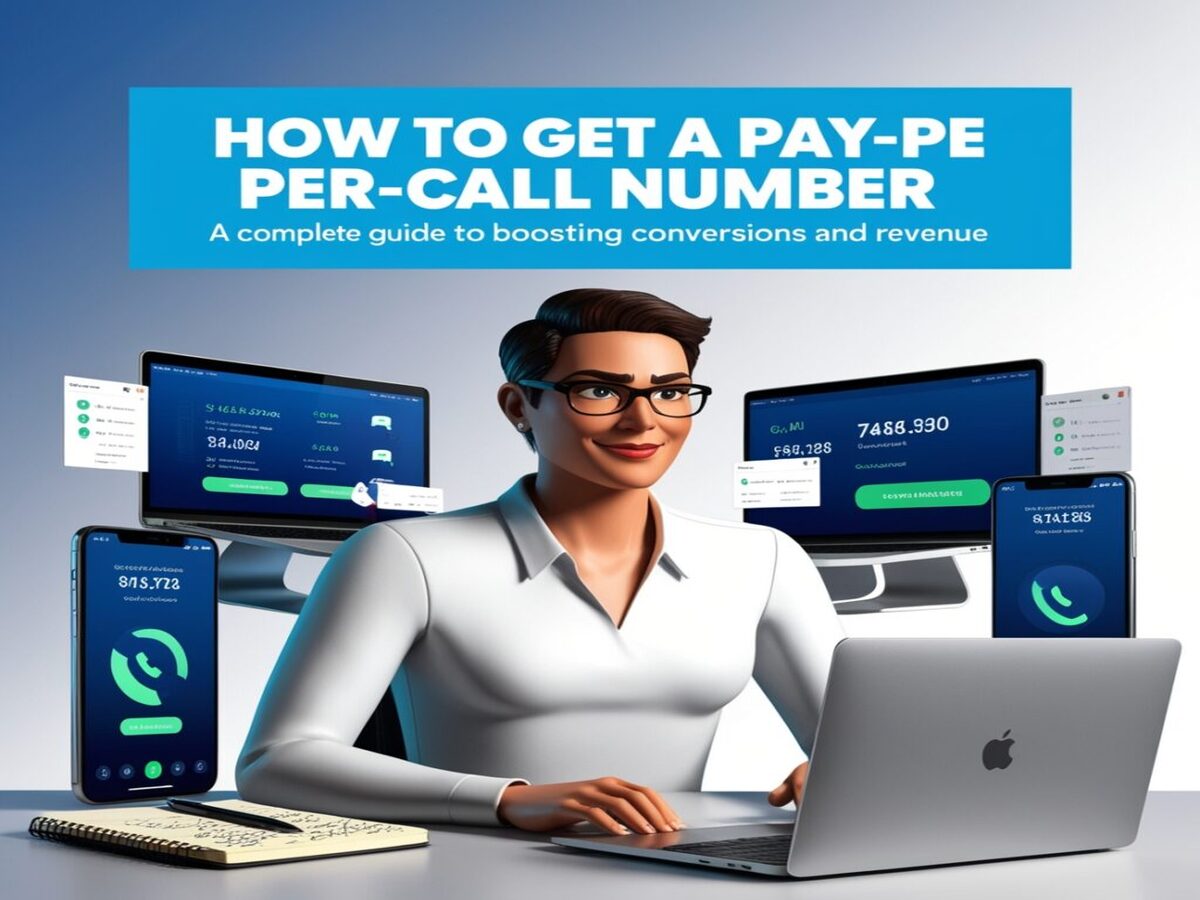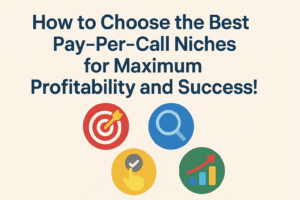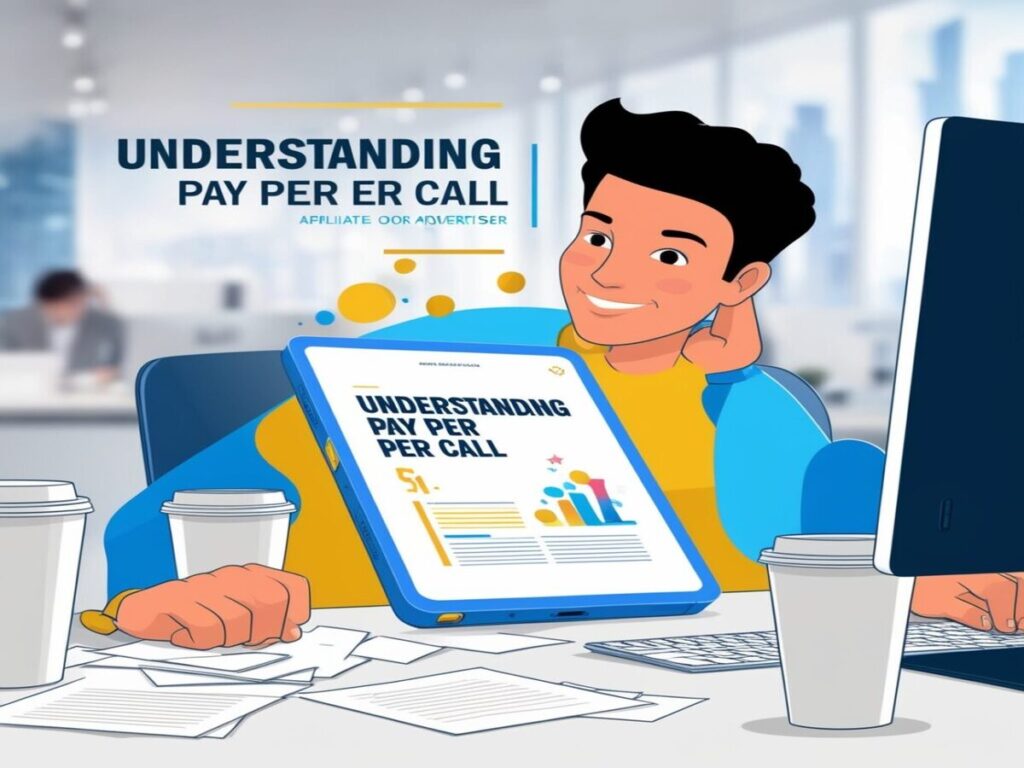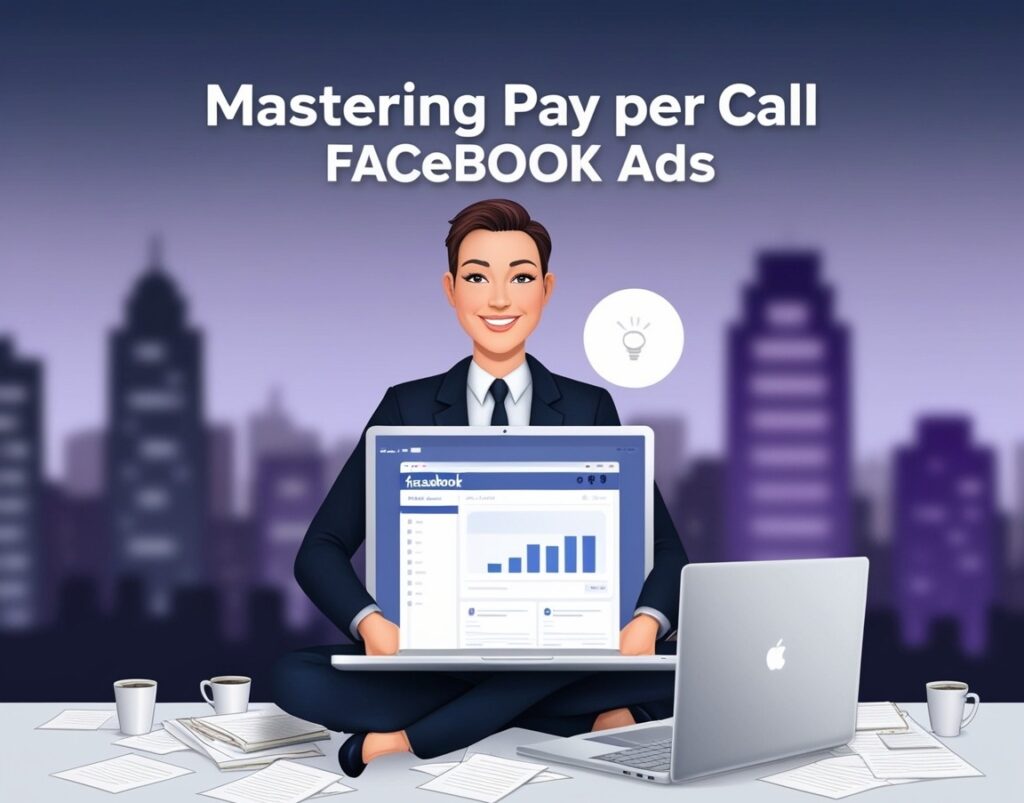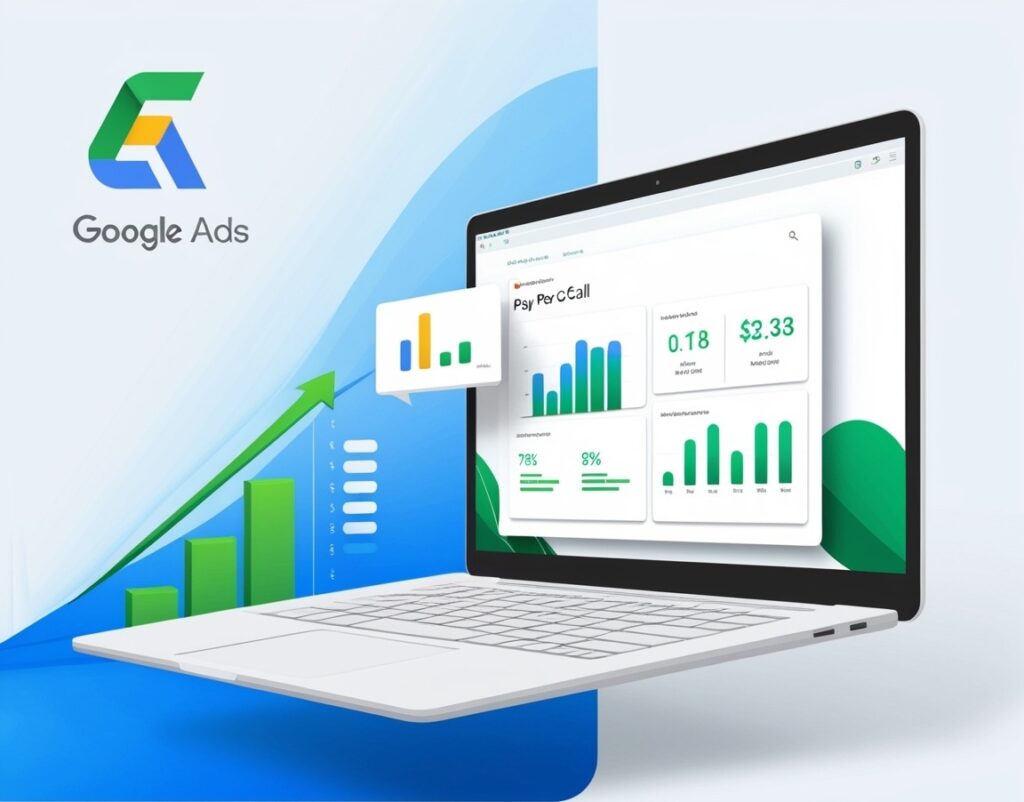In today’s digital age, businesses of all sizes leverage pay-per-call (PPC) advertising to increase sales, engage potential customers, and improve ROI. A pay-per-call number can directly connect your business with highly interested leads, leading to better conversions and overall growth. But what exactly is a pay-per-call number, and how can you get one for your business?
This guide will explain everything you need to know about pay-per-call numbers, how to acquire them, and how they can significantly impact your advertising strategy.
What is a Pay-Per-Call Number?
A pay-per-call number is a unique phone number used in marketing campaigns that charge advertisers each time someone calls the number. This model allows businesses to attract high-intent leads actively interested in their products or services. Pay-per-call marketing is especially effective for businesses that rely on phone consultations or customer support, such as law firms, healthcare providers, insurance companies, and home services.
Why is Pay-Per-Call Marketing Important?
- Higher Conversion Rates: Since calls come from users actively searching for your product or service, they are more likely to convert than website clicks.
- Personalized Engagement: Phone conversations allow representatives to offer customized assistance and answer customer questions directly.
- Improved ROI: By paying only for actual calls, you avoid wasted spending on clicks or impressions that don’t result in a conversation.
- Easy Tracking and Attribution: Dedicated pay-per-call numbers provide insights into customer behavior, helping you optimize campaigns and make data-driven decisions.
How to Get a Pay-Per-Call Number
To start a pay-per-call campaign, you’ll need a reliable pay-per-call number. Here’s a step-by-step guide:
Step 1: Choose a Pay-Per-Call Network
A pay-per-call network or provider manages the calls and tracks performance, ensuring that you only pay for qualified leads. Here are a few popular options:
MutualCall: Offering real-time call tracking and routing, MutualCall allows businesses to manage high volumes of calls effectively.
Step 2: Register and Set Up an Account
Once you’ve chosen a provider, follow these steps:
- Register: Sign up with your chosen pay-per-call provider.
- Verify Business Information: Confirm your business information to ensure you’re qualified for pay-per-call advertising.
- Create Campaign Goals: Set your objectives, like customer acquisition, product sales, or service consultation, so the provider can tailor your campaign.
Step 3: Select a Phone Number
You may have the option to select a specific toll-free or local number that will serve as your unique pay-per-call number. These can often be customized for branding, such as vanity numbers like “1-800-LAWYERS” for a law firm. A local number, on the other hand, helps connect with customers in a particular area.
Step 4: Configure Call Routing and Tracking
Most pay-per-call providers offer customizable routing to ensure calls reach the appropriate department or agent. Consider setting up call tracking features like:
-Geo-Targeting: Directs calls from specific locations to the right department or regional office.
-Time-Based Routing: Ensures calls are handled effectively by redirecting after-hours calls to voicemail or an outsourced center.
-Analytics and Recording: Monitors call metrics and quality to improve the campaign and support agent training.
Step 5: Set Your Call Criteria and Bidding Strategy
Define the type of calls you’ll pay for. Depending on the provider, this might include call length (e.g., over 30 seconds to count as qualified) or specific actions (like completing a booking or making a purchase). You’ll also need to set a bidding strategy:
-Cost-Per-Call (CPC): Set how much you’re willing to pay per call.
-Daily or Weekly Budget: Define your spending limit to manage campaign costs.
Best Practices to Maximize Pay-Per-Call Success
Here are some tips to make the most of your pay-per-call number and campaign:
- Optimize Your Landing Pages: Use simple, engaging landing pages with clear call-to-action (CTA) buttons that prompt users to call.
- Use Call Extensions in Ads: If running Google Ads, use call extensions to add your pay-per-call number directly in your ads, increasing the chances of calls.
- Train Your Agents: A well-trained team that can handle customer queries effectively will improve conversion rates and customer satisfaction.
- Use Analytics for Insight: Track each call’s source, duration, and outcome to adjust your campaign as needed.
- Retarget and Follow-Up: Use CRM tools to follow up with potential leads who didn’t convert on the first call, building a robust lead pipeline.
Common Questions About Pay-Per-Call Numbers
- How much does a pay-per-call campaign cost?
Costs vary by industry, competition, and region. On average, pay-per-call campaigns cost between $5 and $50 per call, though high-demand fields like insurance or legal services may reach $100+.
- Are pay-per-call numbers the same as vanity numbers?
While a vanity number can be used in a pay-per-call campaign, not all pay-per-call numbers are vanity numbers. Vanity numbers are custom numbers chosen for easy recall, while pay-per-call numbers are primarily used for tracking calls.
- Can I use the same number for multiple campaigns?
Typically, it’s best to use unique numbers for each campaign to track performance accurately. This approach lets you measure which ads, keywords, or sources drive the most calls.
The Bottom Line: Is a Pay-Per-Call Number Right for Your Business?
Pay-per-call advertising can significantly boost your business if you operate in a field where live phone conversations are essential. By setting up a pay-per-call number with the right provider, your company can attract qualified leads, improve customer engagement, and see a higher return on investment.
If you’re looking to get started with pay-per-call advertising, follow the steps above to select the best network, set up your campaign, and optimize for success. With careful planning and effective tracking, you’ll be on your way to connecting with more customers and increasing your sales through targeted phone conversations.









